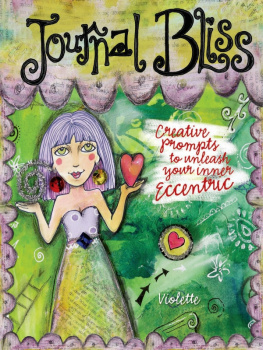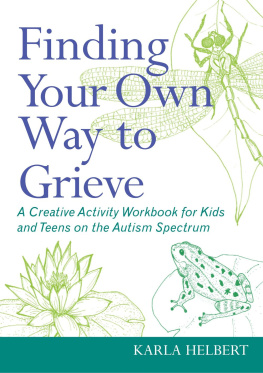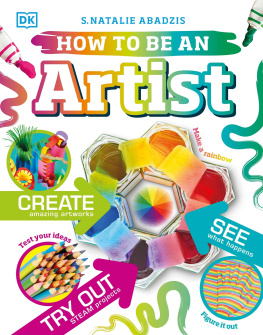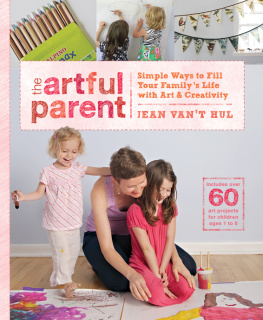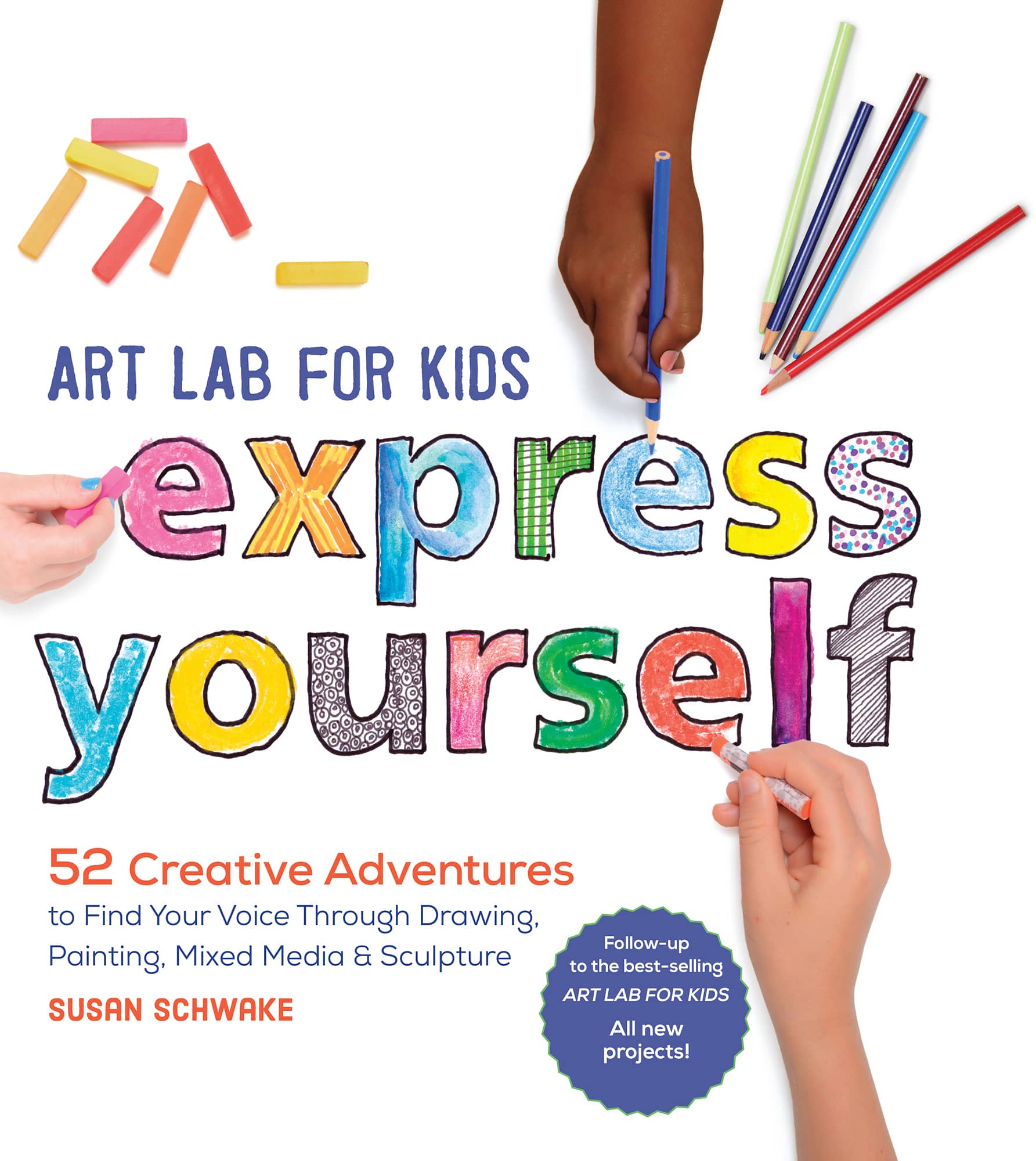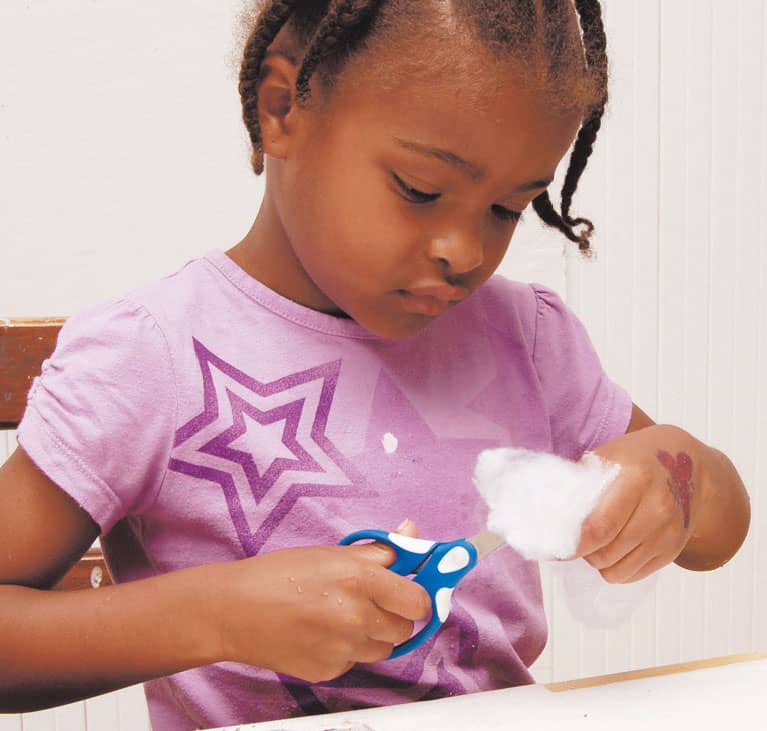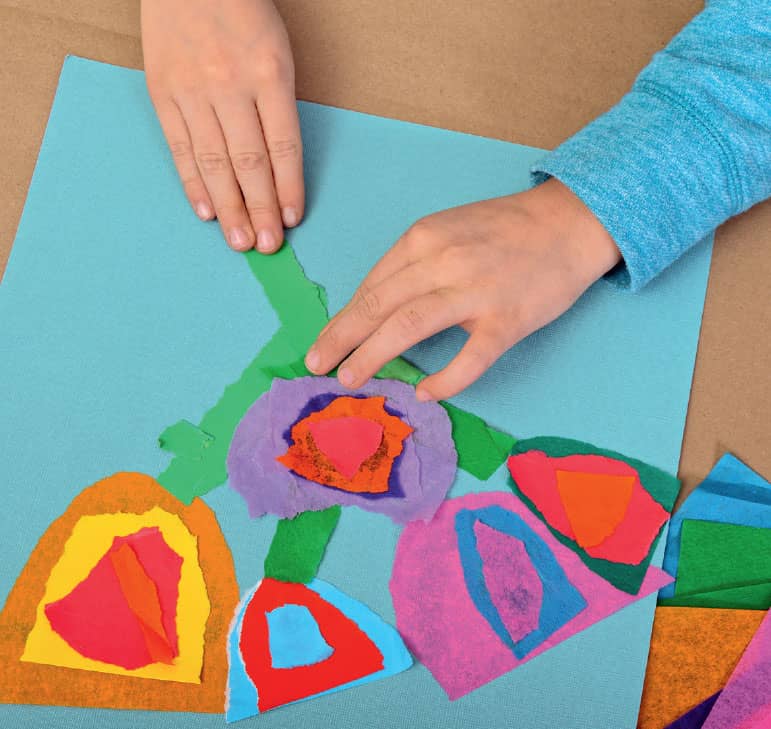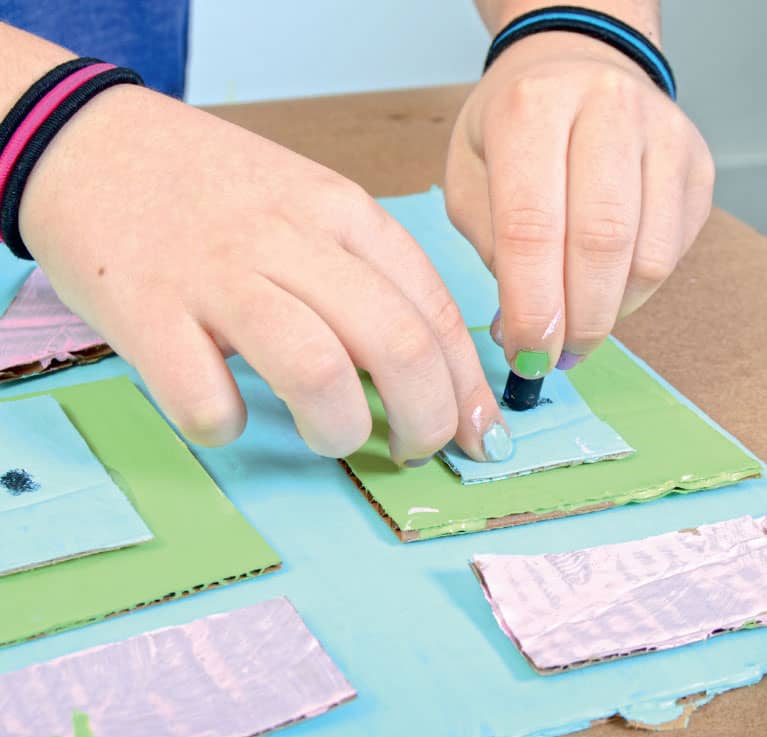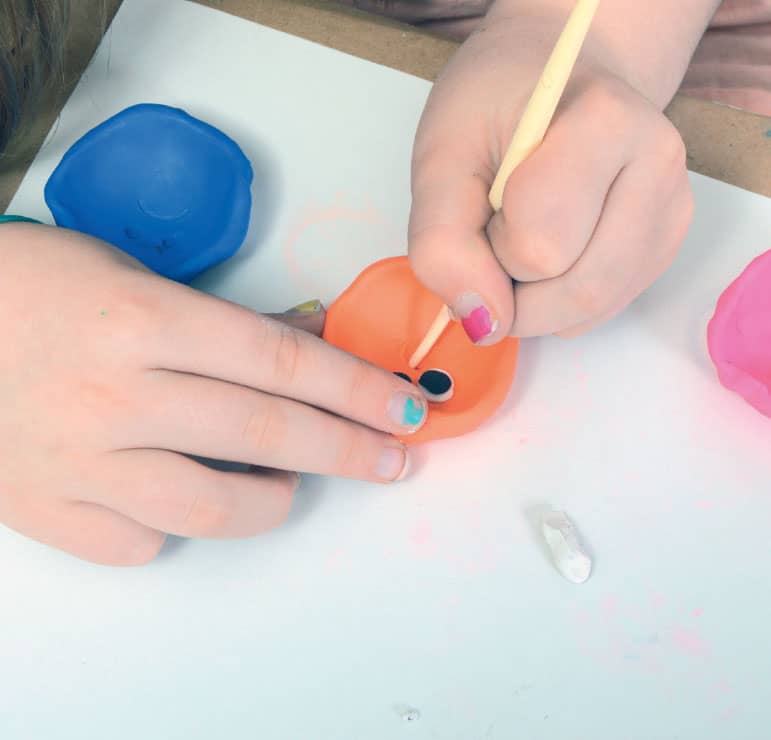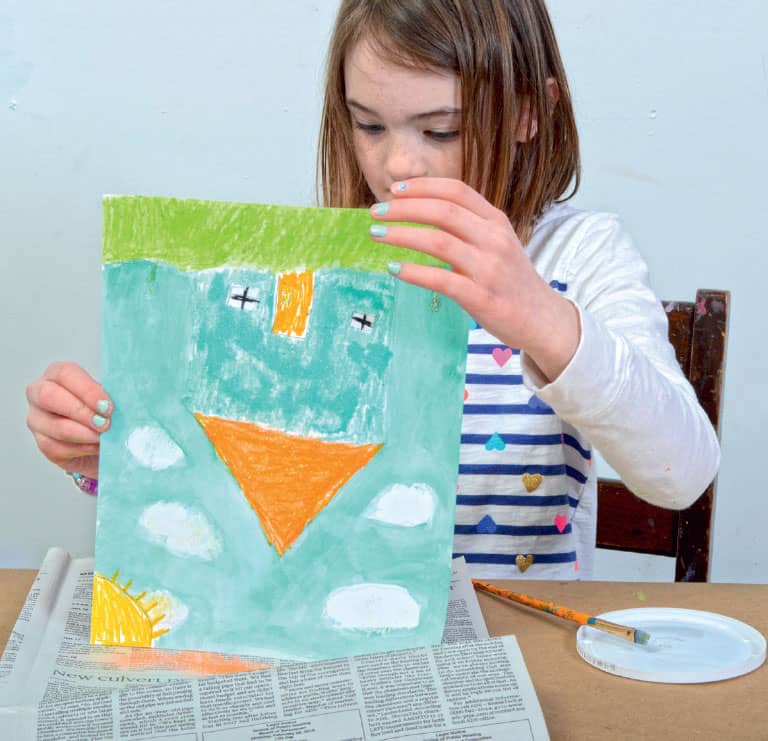Beginnings are exciting places to be when you start a creative adventure! This book is a road map for the unique journey that begins and ends with you. The best art adventures are those that come from your own ideas and experiences. Fresh white paper, new boxes of color, and a full bottle of glue can be great inspirations. Sometimes its puzzling, though, how to bring your own ideas to paint and paper. This book helps you think through your ideas, find your voice, and express your individual style. Each lesson begins with a question, and through an artistic process with a variety of materials, each reader will craft a unique answer. Along the journey, the same question asked another time can yield a completely new, one-of-a-kind result.
WHY SHOULD WE CARE ABOUT SELF-EXPRESSION?
Imagining something and then feeling comfortable enough taking the risk to act on an idea is the essence of self-expression. As children, we learn by doing and exploring the what ifs of the world. What if I jump from rock to rock to get to the other side? What if I use these twigscan I make a nest like a bird? What if I paint all the colors from my paint box on top of each other?
As a guide or teacher in this artistic process, we must create a nurturing environment with space to explore materials and methods in a process-rich fashion. The single most important objective in the process could be allowing each child the freedom to see an idea through from imagination to creation, without outside interference or judgment along the way. Trying out new materials and methods should feel playful and experimental. End products are less important than the process. Art processes are meant to be practiced over and over, changing things at the makers discretion. Practicing the process of art making leads to creativity and builds a strong sense of self.
What do we gain from nurturing self-expression? A child practicing making art also practices decision making and working through problems within the process. Creating visual art from an imagined idea can be a powerful boost in self-awareness and self-worth. Self-expression grows from a place of confidence, trust, and truth.
Making art gives you a space to create a visual presentation of your imagination. Art is an important way of communicating feelings and ideas and more: It opens up an inner dialogue. Expressing yourself helps the developing self and nurtures emotional strength. Opening up to art with playfulness and curiosity promotes discovery of who you are and where you want to go. Art opens up new ways to see the world.
We want to value art not by measuring how exactly to reproduce the (outside) world, but to value it for the art itself, for the process, the act of creating, the glimpse of an inside view and the sparks of inspiration. What better art is there than art that is touching and connecting with your vision of the world?

HOW TO USE THIS BOOK
This book was written to inspire the teacher, parent, childcare provider, grandparent, and anyone who wants to make art with (and possibly alongside) a child. It is always about the process in our studioand enjoying the process deeply. For children, art is a way to convey their experiences and feelings about the world. It helps them define and evaluate their world. Sometimes, art making doesnt go as planned and the end product doesnt work out as envisionedthats okay. It takes a lot of practice! These lessons are designed to repeat over and over to gain competency through repetition, expand creative thought, and increase the makers skills. I have found as a teacher of both children and adults that everyone learns through practice. I encourage students of all ages to try the same lesson twice, at the very least, and let newfound knowledge guide the process. I encourage you, the adult, to work alongside the students to discover the joy of the process for yourself. Investigate your creativity again and help explain, without words, your world.
The following art materials list is a guide to often-used materials and a simple art studio setup. Itr is a comprehensive list for all the lessons in the book, but you dont need all the materials for each lesson. Each lesson outlines the materials needed to create the project.
I encourage you to set up an area to exhibit and celebrate the art that is made. This elevates the process to a place to be admired and remembered. A simple string with clothespins to hang flat work can fit in the tiniest of spaces. A shelf or table can hold sculptural work. For larger rooms, a cork strip or wire curtain rod can run along a wall to hold a classroom full of artwork.
It is important to celebrate the creative process without making it all too precious. I often have parents lament about where to display or how to keep artwork in their homes. One of the easiest ways to hold on to the work is to photograph it and have a simple photo book made. We found this to be a great solution for many families. We also gave special pieces to relatives who would appreciate the artwork. Sometimes, I have asked my own children if they have art they would like to recycle into bookmarks or greeting cards. This has been a fun way to enjoy the initial artwork once again by making something new and spreading the love to friends. At the end of each year, in our home, I went through the art that was made and kept one piece for myself and one for each child. These pieces went into paper portfolios and we often pull them out for a look. The rest is photographed and the originals are recycled.
Many of the lessons in this book can be adapted with your own ideas. I think of them as springboards for interpretation. There are many ways that each lesson can be donebe open and let your personal expression flow freely! In a classroom setting, there can be as many outcomes to each lesson as there are students. Most of all, enjoy the process. Embrace the differences and then admire the results! It is my greatest hope that these lessons inspire art making and a closer look at the world within each of us.


